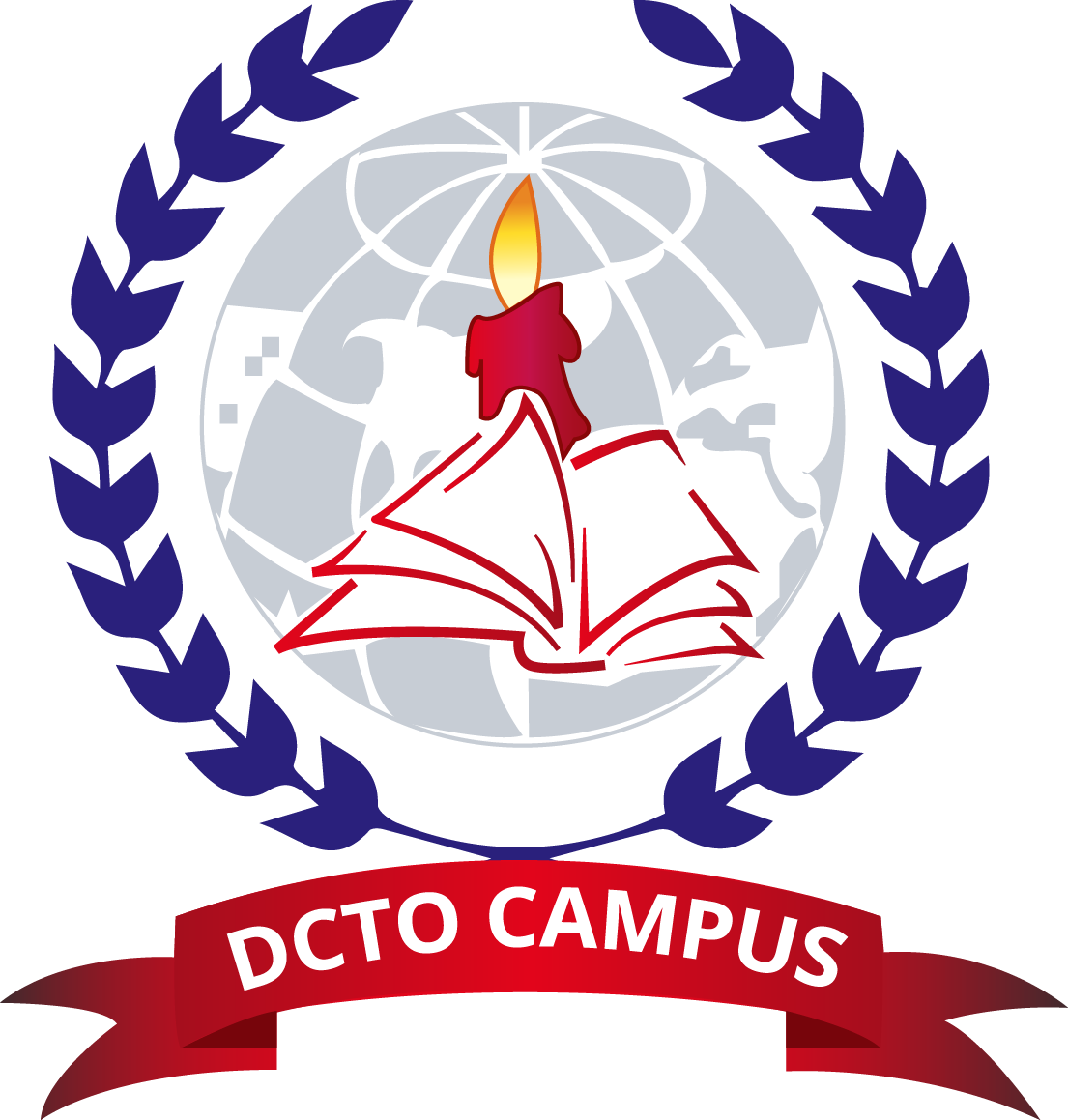How Sports Orthopedic Surgeons Approach ACL and Meniscus Accidents
Athletes and active individuals face a higher risk of knee accidents, particularly involving the anterior cruciate ligament (ACL) and the meniscus. These buildings are critical for stability, mobility, and shock absorption within the knee joint. When they are damaged, performance and on a regular basis perform might be severely affected. Sports orthopedic surgeons play a key position in diagnosing, treating, and guiding recovery for patients with these injuries. Their approach combines advanced medical methods, individualized treatment plans, and a deep understanding of sports biomechanics.
Understanding ACL and Meniscus Injuries
The ACL is a powerful ligament that helps stabilize the knee throughout sudden stops, pivots, and directional changes. A torn ACL is usually associated with high-impact sports like soccer, basketball, or football. Meanwhile, the meniscus is a C-formed cartilage that cushions the knee joint. A meniscus tear can happen from twisting motions, direct impact, or gradual wear and tear. Both injuries can cause pain, swelling, instability, and limited range of motion, making early prognosis essential.
The Surgeon’s Diagnostic Process
Sports orthopedic surgeons begin with a thorough analysis that features a patient’s medical history, physical examination, and imaging tests. Special maneuvers through the examination assist reveal knee instability or mechanical locking. Magnetic resonance imaging (MRI) is typically ordered to confirm the type and extent of the injury. For athletes, understanding whether or not the ACL or meniscus is partially or fully torn determines the best treatment strategy.
Non-Surgical vs. Surgical Options
Not each ACL or meniscus injury requires surgery. Surgeons carefully consider factors such as the patient’s age, activity level, general health, and personal goals.
Non-surgical care may include physical therapy, bracing, and activity modification. This is commonly recommended for minor meniscus tears or patients who’re less physically active.
Surgical intervention turns into crucial when injuries contain full ACL ruptures, massive meniscus tears, or when patients wish to return to high-demand sports. Sports orthopedic surgeons specialise in minimally invasive arthroscopic strategies, which reduce recovery times and improve surgical precision.
ACL Reconstruction Approach
For ACL injuries, reconstruction is the gold standard. Instead of repairing the torn ligament, surgeons replace it with a graft. The graft could also be harvested from the patient’s own hamstring or patellar tendon (autograft), or from a donor (allograft). The selection depends on the patient’s needs and surgeon’s expertise. Advanced fixation methods make sure the graft integrates well with bone, restoring stability for sports activities.
Rehabilitation plays a central function after ACL surgery. Surgeons collaborate with physical therapists to design progressive recovery programs. These give attention to restoring range of motion, rebuilding muscle power, and stopping re-injury. Full return to competitive sports usually takes six to 9 months, depending on healing progress.
Meniscus Repair and Partial Meniscectomy
Meniscus surgery varies primarily based on the placement and severity of the tear. If the tear is in the periphery the place blood provide is better, surgeons purpose to repair it with sutures. Preserving the meniscus is critical for long-term knee health, as it reduces the risk of arthritis. In cases the place repair is not attainable, a partial meniscectomy could also be performed to remove the damaged tissue.
Much like ACL care, rehabilitation is essential after meniscus surgery. Physical therapy focuses on controlled weight-bearing, mobility restoration, and gradual strengthening. The timeline for recovery ranges from 4 weeks for minor procedures to a number of months for complex repairs.
Stopping Future Accidents
Sports orthopedic surgeons also emphasize prevention. They educate athletes on proper conditioning, warm-up methods, and movement strategies that reduce knee stress. Neuromuscular training programs that improve balance, coordination, and strength are especially efficient in lowering the risk of re-injury.
Final Ideas
Sports orthopedic surgeons approach ACL and meniscus accidents with precision, combining diagnostic experience, surgical innovation, and structured rehabilitation. Their ultimate goal is to help athletes regain full operate, return to competition safely, and maintain long-term knee health. With advancements in surgical techniques and rehabilitation protocols, patients at present have a greater likelihood of not only recovering however thriving after knee injuries.
If you loved this short article and you would like to get more data relating to best orthopedic surgeon for ACL tear in Clermont kindly visit the web-page.
